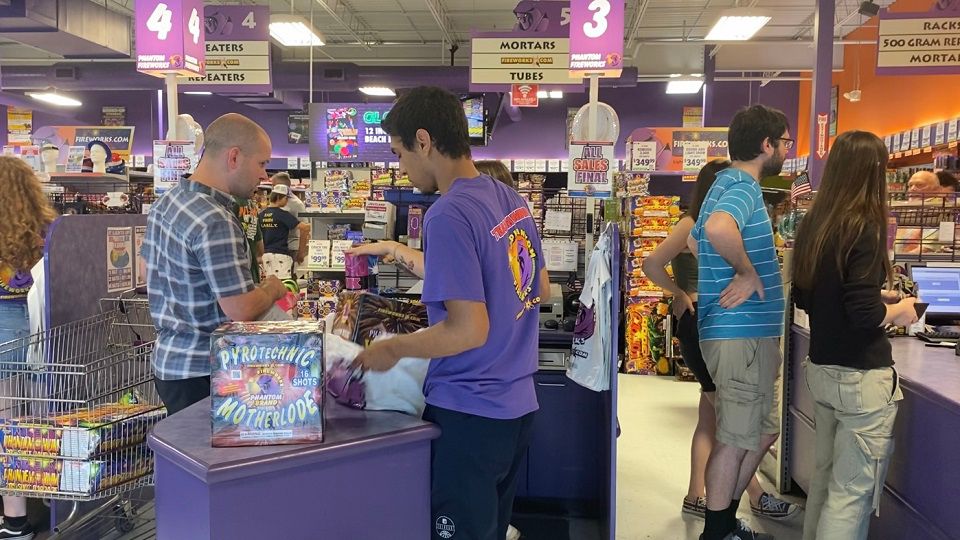It's another day, another hopeful dollar at the Buffalo Niagara Heritage Village, where Executive Director Carrie Stiver and company are on a mission. But they can't do it alone.
"To preserve and interpret the agricultural heritage of the Buffalo-Niagara region," said Stiver. "We rely a lot on partnerships and support from the community to enact our mission through our programing educational programs and then, of course, as a museum, we have our exhibits and our collection that we preserve, which is really one of the main reasons that we exist."
She certainly knows the ins and outs of history and preservation, as well as keeping the budget.
"My background is always in museums. I am actually a trained art conservator," Stiver said. "I had to write grants to fund my own education. So it's something you learn really early on in any capacity if this is the field that you want to work in."
Which is unfortunate, but so often the case for non-profits, especially now.
"Yeah, unfortunately, we're seeing a trend in New York state that reflects the national trend, which is a drop in individual donations and volunteerism," said CEO of the New York Council of Nonprofits, Megan Allen.
She is leading an effort to keep these organizations going for everyone in-between.
"We have 3,200 nonprofit members across New York state that we're providing lots of support -- to help with those issues and many others," Allen said.
And that includes more than you may think.
"Nonprofit can be a really broad term. Any organization that operates with a model where all of the funds that they receive go back into the services that they provide," said Stiver. "That can be anything from a you know, a hospital to a museum or a library."
For Stiver, BNHV and so many others across the state it means serving communities on several levels.
"Museums are not just a storage location for a bunch of old things. One of the services that the NIH provides is we actually are the appointed official town historian for the town of Amherst," Stiver said.
Research shows that that's actually a lawful mandate in New York. Every municipality has to have a local historian.
"It differs community by community. I think the really wonderful thing about having a museum as your local historian is we don't just preserve the history, we interpret it. When it's connected to your own everyday life and you understand that, that's part of how we got to where we are, it becomes more meaningful," said Stiver.
While in a growing state of need there is hope, even expansion to better serve communities in everything from support to preservation. But again, they can't do it alone.
"A lot of folks can't necessarily contribute with dollars," said Stiver.
"All of our nonprofits have different volunteer needs. It could be one day, could be an ongoing need," said Allen. "Definitely, All of our nonprofits have nonprofit boards that require volunteers as well."
Word of mouth, a like or follow on social media, even something as simple as a positive google review.
"That is so important and a lot of times just as meaningful to us as a dollar," said Stiver.






